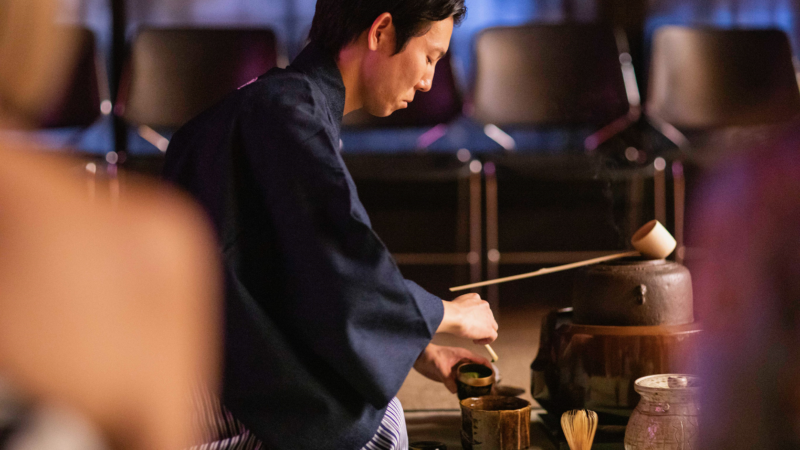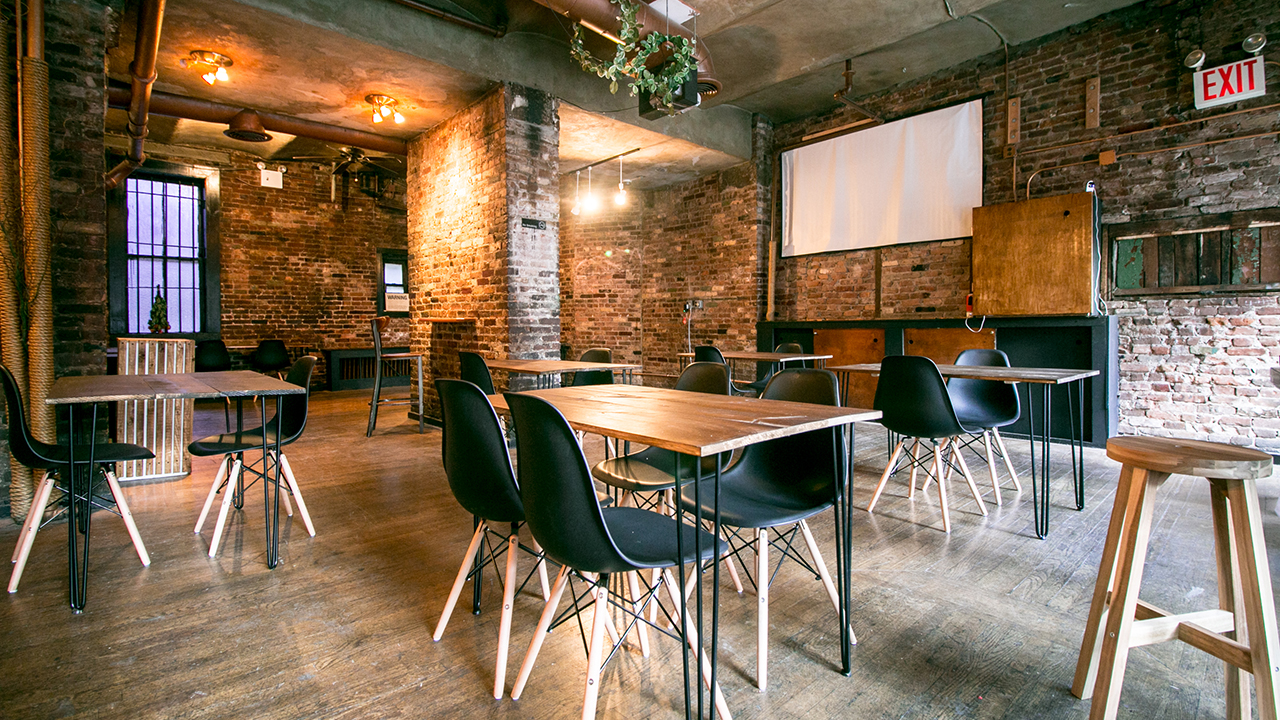Deborah Klens-Bigman, Ph.D. ◆ June 9, 2016

Last week during the swordsmanship class, I had students take part in a critique of each others’ kata. A student performs a solo kata of her choice, and the other students comment (briefly!). Everyone performs, and everyone gets to talk. Sometimes, after a round of discussion, the student performs the kata again before we move on to the next person. I took part in this technique(?) during my training, and I think it worthwhile for my own students as well.
Some teachers feel that they are the only ones who should comment on a student’s technique. Iaido is an exacting art form; teachers have had more (sometimes much more) experience; so naturally, they feel they are in the first position to judge whether a student is doing a technique properly.
I have no argument against this, for sure, but years of teaching and observing have shown me several things, including that there are times, no matter how much I, as a teacher, try to correct a student’s technique, the student will still follow what one of the senior students is actually doing during a class. I don’t even know if this is a conscious process, but I have seen it again and again, and while the newer student is not wrong to follow a senior, he seems more likely to imitate what he sees there rather than follow the example the teacher is setting. Any mistakes the more advanced student is making, therefore, are likely to be picked up by the newer student, which means, in a way, the teacher has twice as much work to do.
Another thing is that students are unfailingly honest in assessing another’s performance. I never tolerate rudeness or unhelpful criticism – generally speaking, I ask each person to note one thing she liked about the kata followed by one thing she thinks could be improved. I contribute my $.02 as well. Additionally, if I think someone’s assessment is wrong (i.e. she is misinterpreting a technique or bunkai), I point it out. And, call it American culture, or something, but students are sometimes more likely to listen to their peers. I can tell a student forever that he’s leading his cut by ducking his head forward, but, for some reason, when another student remarks on it, it sinks in. Hey, whatever works.
Given a critique with a class of four or five people, the result is that each student gets a raft of stuff to work on. When I was training, the comments were pretty much all of the you-need-to-work-on-this variety, which can discourage some, so I decided to balance things out. Being told good things as well as bad things allows students to feel neither ground down nor falsely buoyed up. And platitudes don’t count. Being told simply that your work in class is “good” or that something “needs work” without explaining how it might be improved is not helpful for the performer or the critic.
When I was a beginning student, being able to observe others’ kata not only made me aware of how they were performing, I inevitably mentally examined my own performance as well. That leaning-forward thing, am I doing that? Is my cut strong enough? Do I pause in the right place (or the wrong place)? Mentally self-assessing at the same time I was listening to criticism my peers were giving others also gave me a lot to think about, not only during okeiko, but on the way home afterward.
Making the critique a regular part of practice also lets students monitor each others’ progress as well as their own: “You fixed that bad habit, and your form looks much smoother. Now you have to make your cuts more precise. You could try X,” could be the result of a regular critique. The critics end up learning as much or more about the kata as the student who is presenting it.
Koryu budo demands excellence. The techniques have been honed over hundreds of years. As a teacher, I can see lots of room for improvement in my students (as well as seeking out more experienced budoka to help me with my technique as well). But sometimes it’s a good idea to step back and let the kids take the wheel. It’s the only way they will, eventually, learn to drive.




